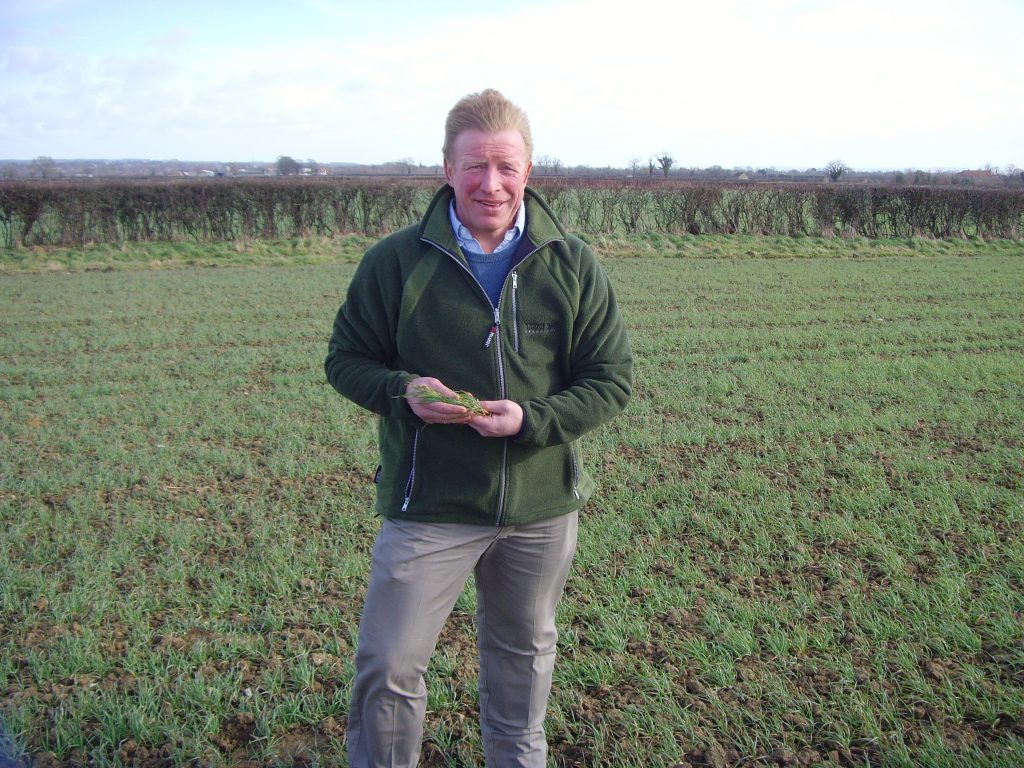Early fungicides help crops reach potential
21st February 2017
Growers are choosing several different wheat varieties in order to spread risk and increase their chances of maximising gross margin potential, but many of them are mildew susceptible. Therefore to
Growers are choosing several different wheat varieties in order to spread risk and increase their chances of maximising gross margin potential, but many of them are mildew susceptible. Therefore to keep crops disease free season long growers must adopt a fungicide strategy based on early applied protectant and eradicant fungicides, says AICC agronomist Patrick Stephenson (pictured below).
“It’s important to tackle mildew at T0/T1 as once the canopy starts to thicken it can be very difficult to get on top of it. In worst case scenarios yield can be knocked by up to 15%,” he says.
Available chemistry is good and well proven, but application timing is critical. “The protectant fungicide Talius (proquinazid) used at 0.1/ha gives up to five weeks mildew protection and will feature heavily in our programmes at stem extension, especially when combined with chlorothalonil or tebuconazole to give early protection against septoria.
“We all know septoria is a major yield robber so to control it effectively a robust fungicide strategy that starts early must be the key,” says Mr Stephenson. “For yellow rust a triazole at T0 is going to be important.”
According to Mr Stephenson early drilled crops of Clare and Santiago with lush and green foliage have plenty of mildew innoculum in them, which has manifested itself in the crop over the winter. It is essential to keep disease suppressed at this time.
“If left unchecked mildew will move up the crop and into the canopy, and as a parasitic disease, will draw on energy from the plant and ultimately knock yield. Traditionally, mildew is a disease that often takes hold in manganese deficient or drought stressed crops. It’s difficult to control if allowed to take a foothold and will hasten senescence.”
Later drilled crops might not need an early mildewicide spray, particularly in blackgrass areas where drilling has been delayed.
In Scotland and north of the Humber Mr Stephenson says there are some very big and forward crops and where the agronomic advice is to go down the SDHI route such as Vertisan at T1 then it might be possible to avoid using Talius until T2 (GS39) at a slightly reduced rate could be good management practice.
“It depends on the disease pressure,” he says. “But, getting on early with Talius will give the control persistency and longevity a crop needs to realise its full potential and then rely on SDHI chemistry to protect against further outbreaks.”

